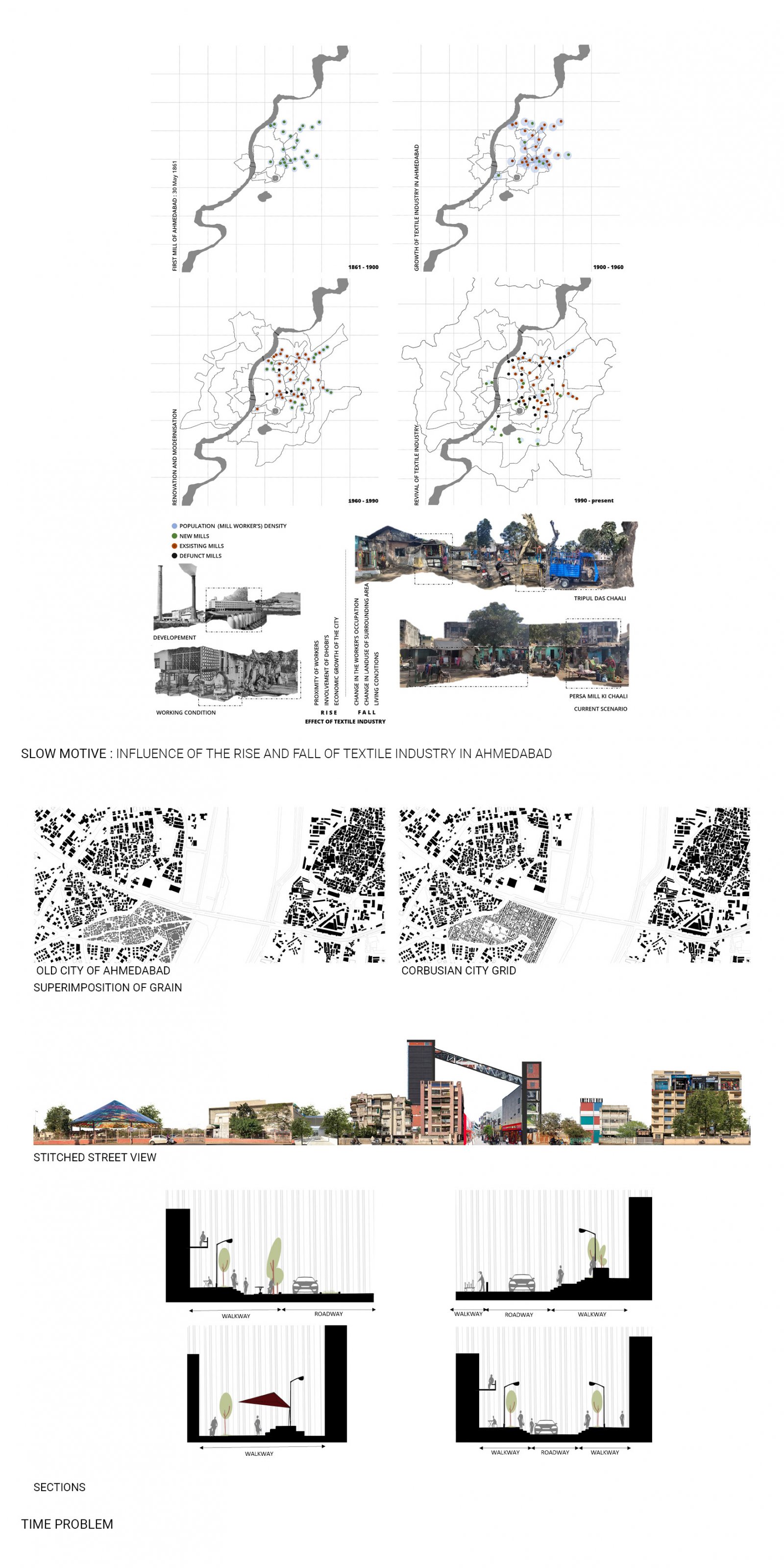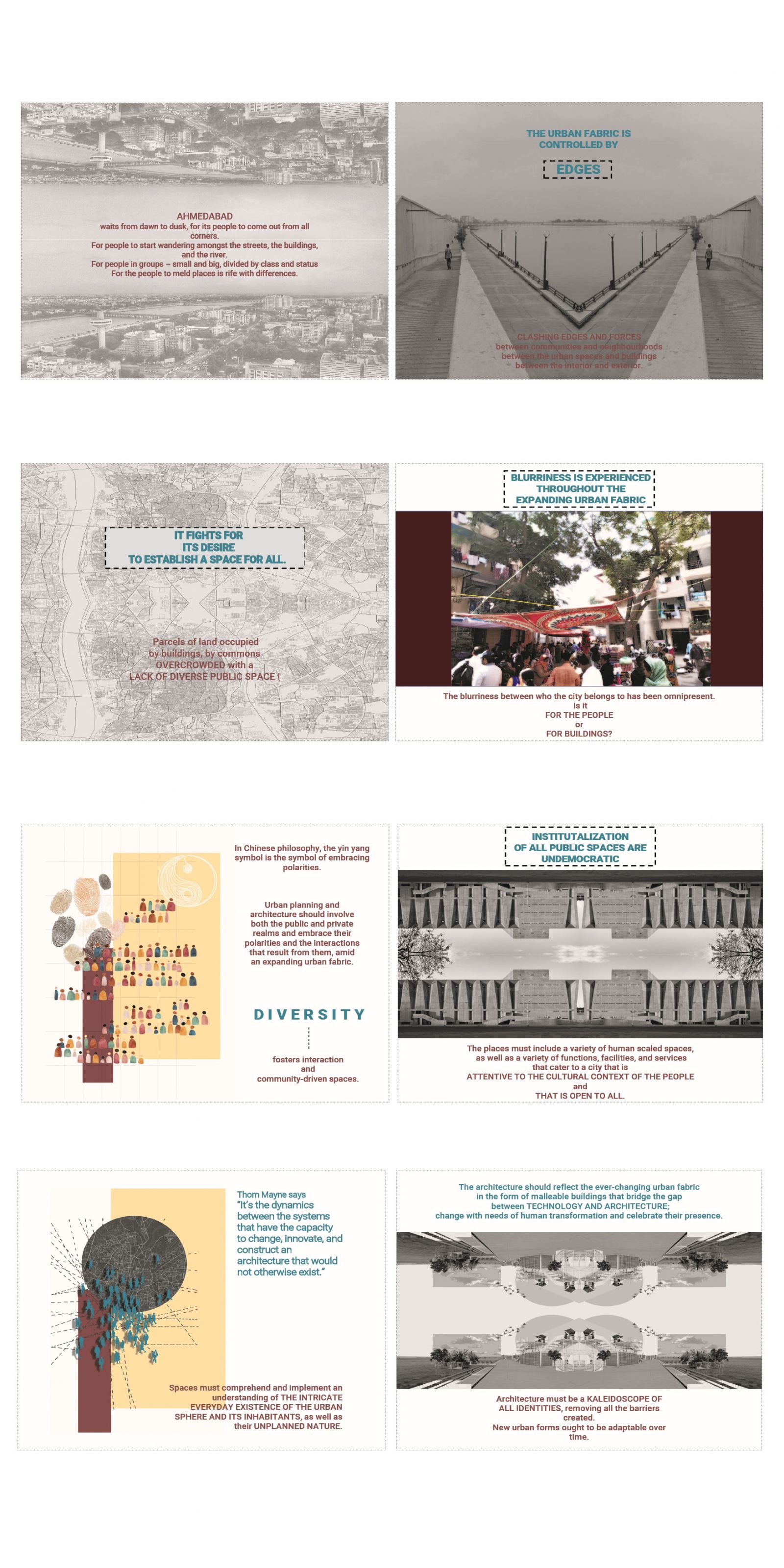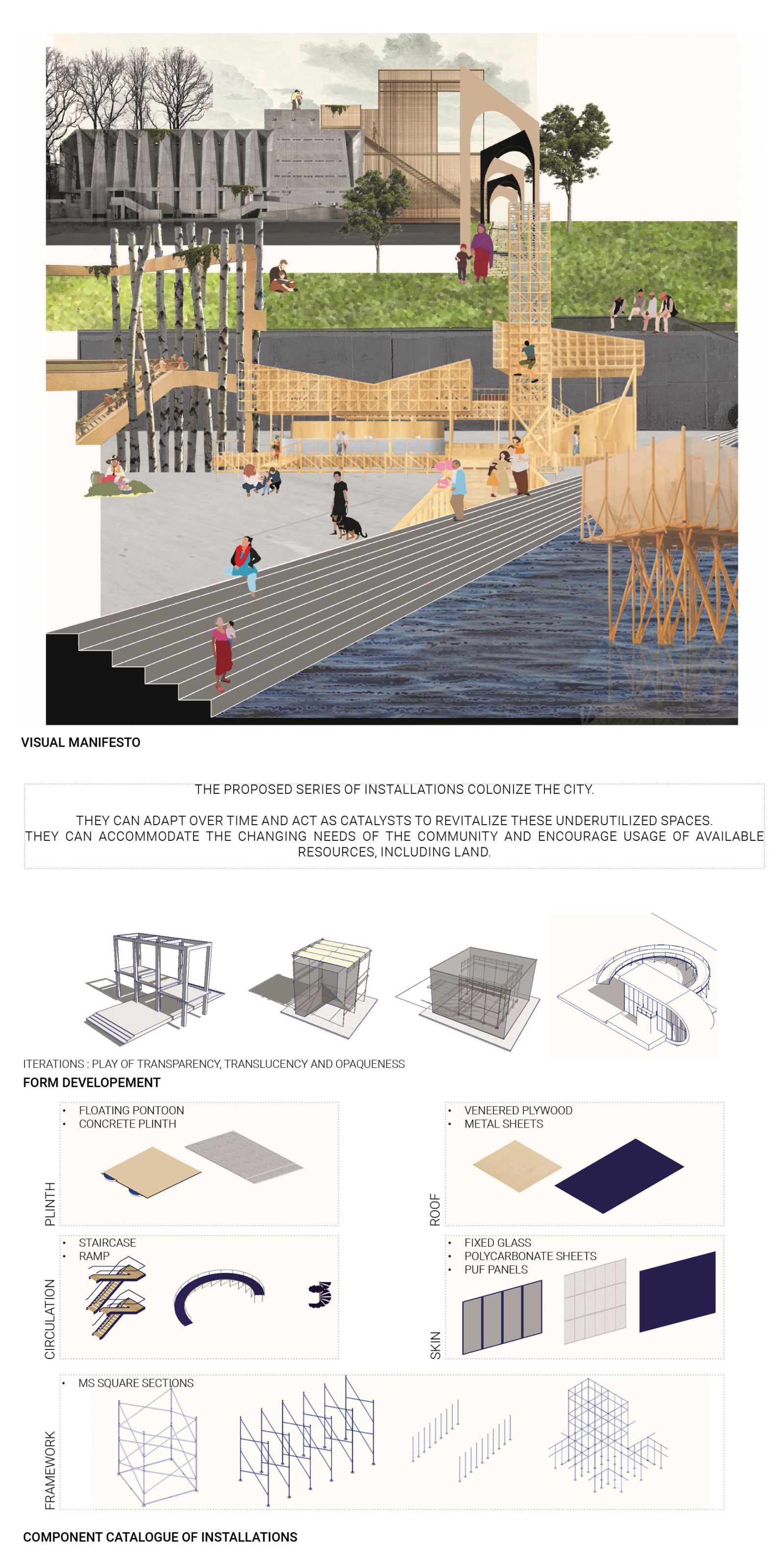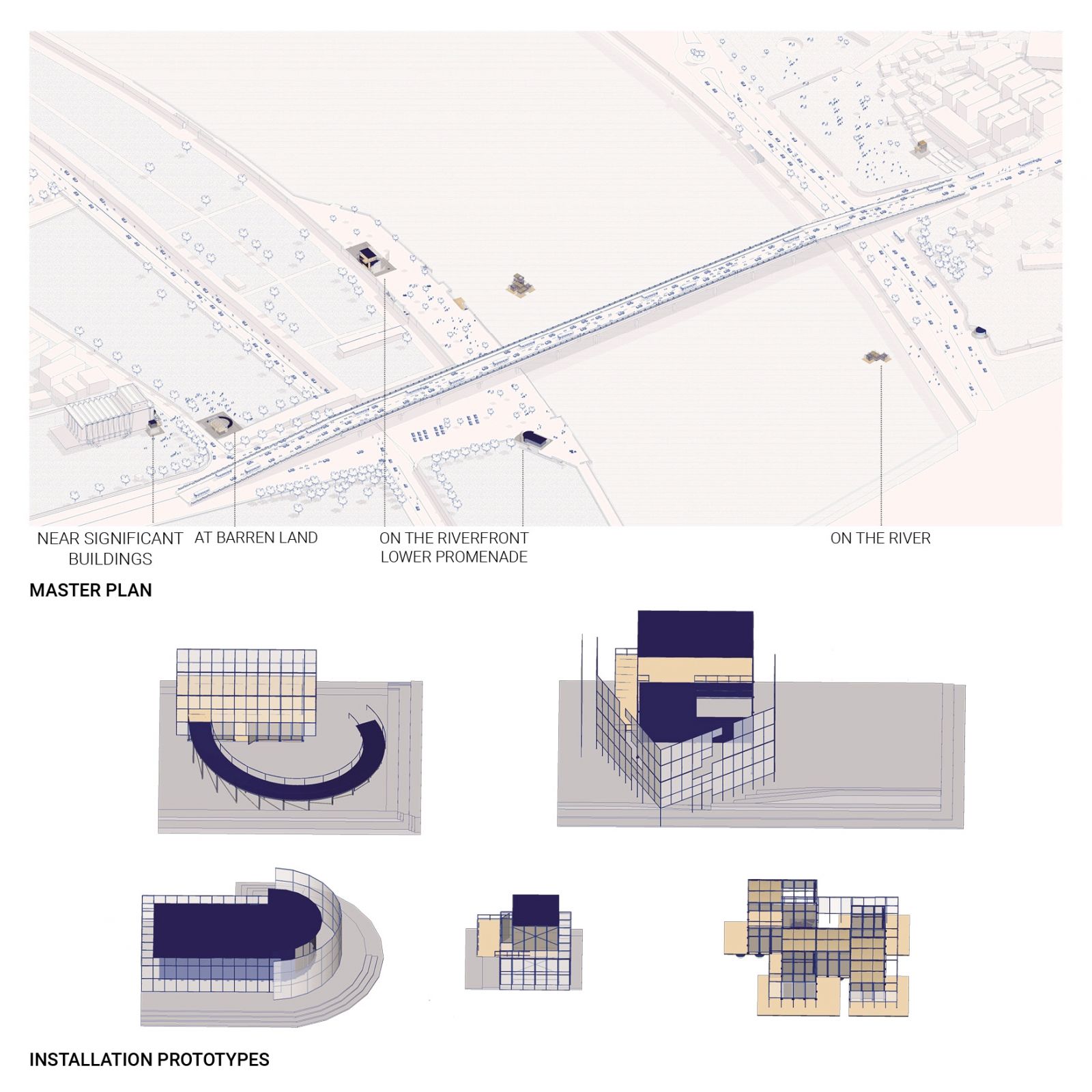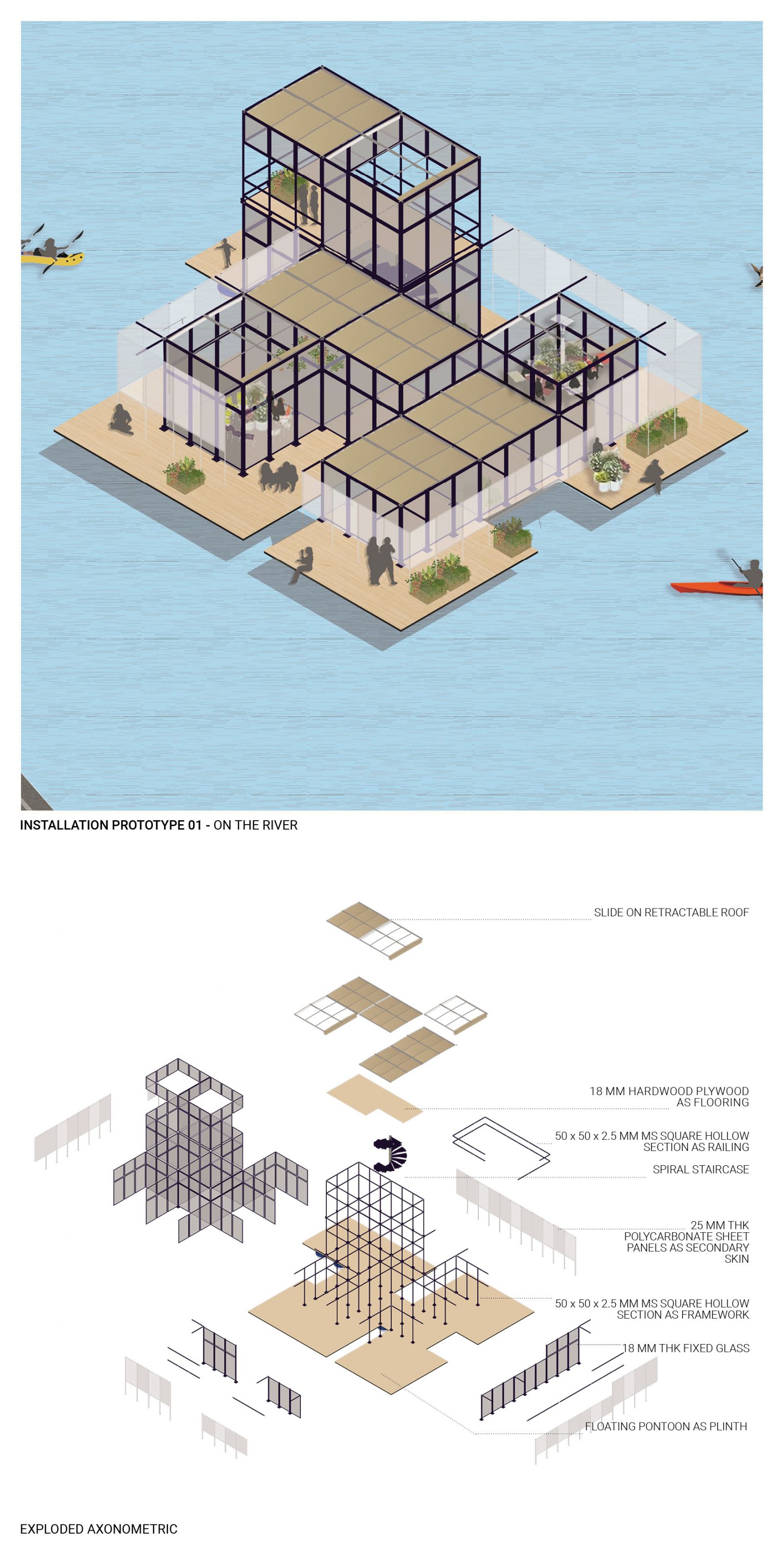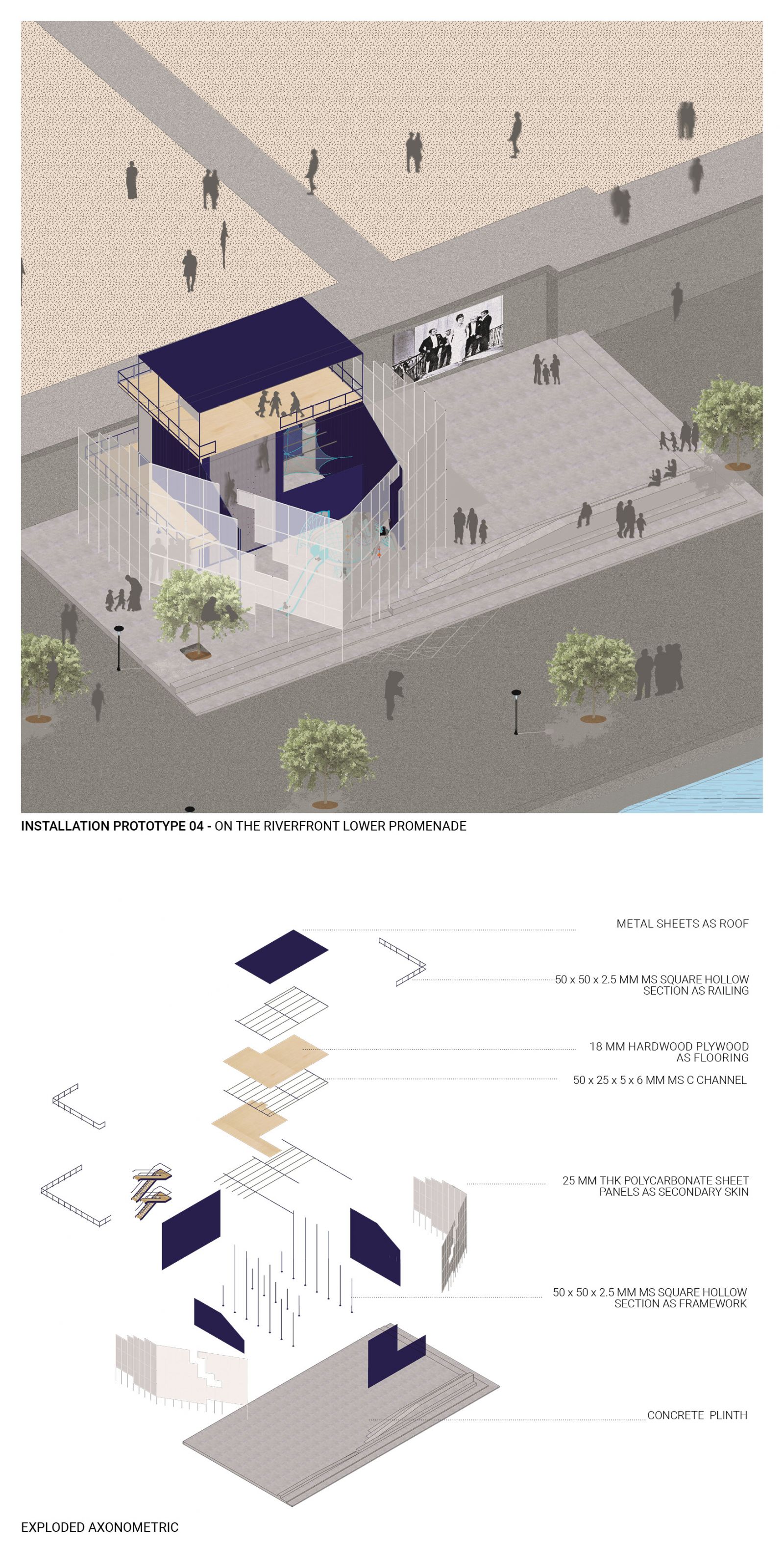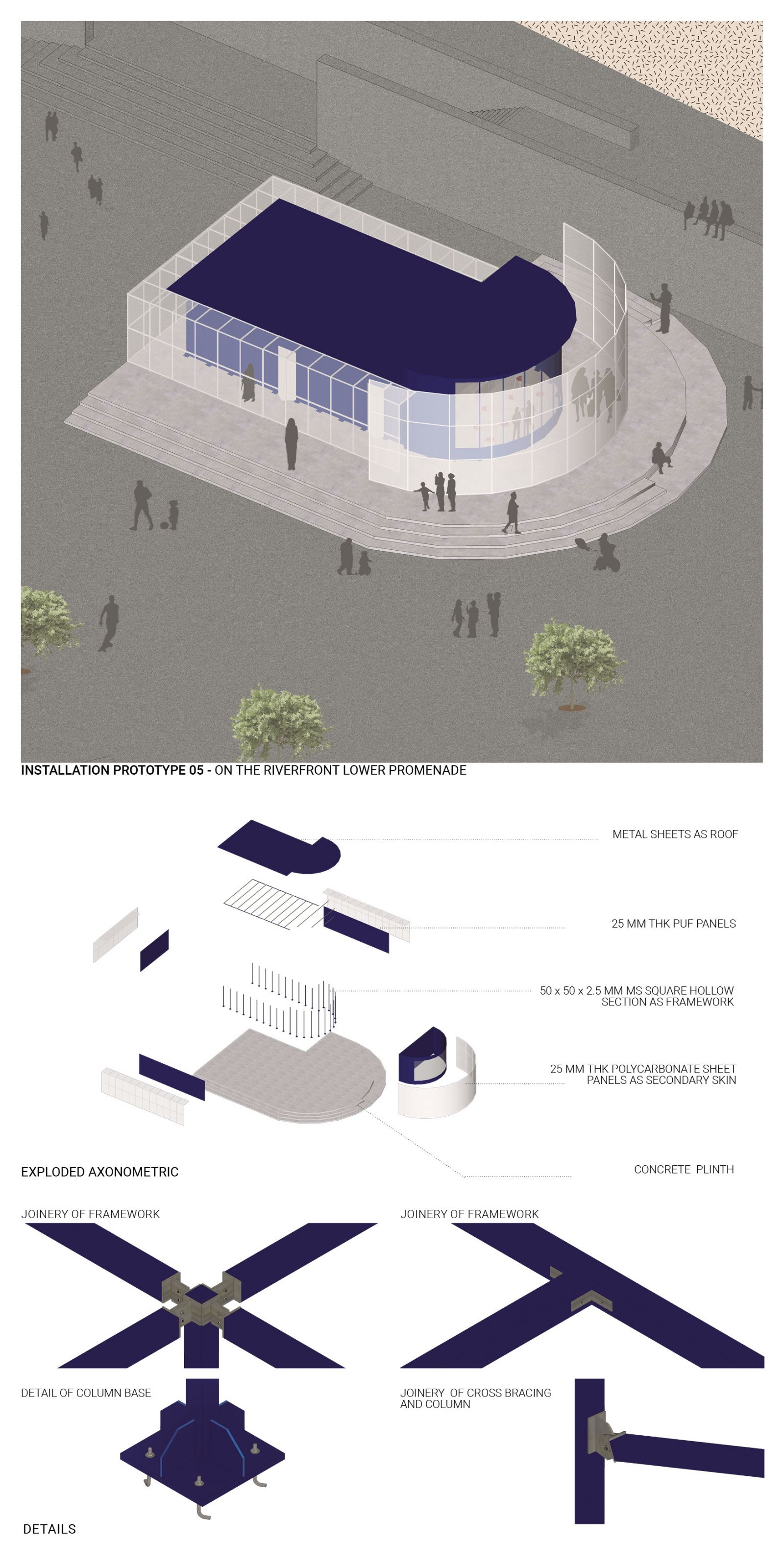Your browser is out-of-date!
For a richer surfing experience on our website, please update your browser. Update my browser now!
For a richer surfing experience on our website, please update your browser. Update my browser now!
Modern cities are composed of people, buildings, and in-between spaces. They are overcrowded and lack “distinct public space”. The blurry urban spaces that exist, are separated by boundaries and thresholds that divide usage and become exclusive. There is an ambiguity regarding ownership of these spaces. Are these owned by the buildings surrounding them or by the general population? Buildings and infrastructure occupy only part of the land in cities, creating unutilized non-owned spaces. To revive non-places, they must include a variety of human scaled spaces, assorted functions, facilities, and services that cater to a city. This must relate to the cultural context of the people. Architecture can be this kaleidoscope of multiple identities that can remove these barriers. According to Thom Mayne, “It’s the dynamics between the systems that have the capacity to change, innovate, and construct an architecture that would not otherwise exist.” The proposed series of installations colonize the city. They can adapt over time and act as catalysts to revitalize these underutilized spaces. They can accommodate the changing needs of the community and encourage usage of available resources, including land.
View Additional Work